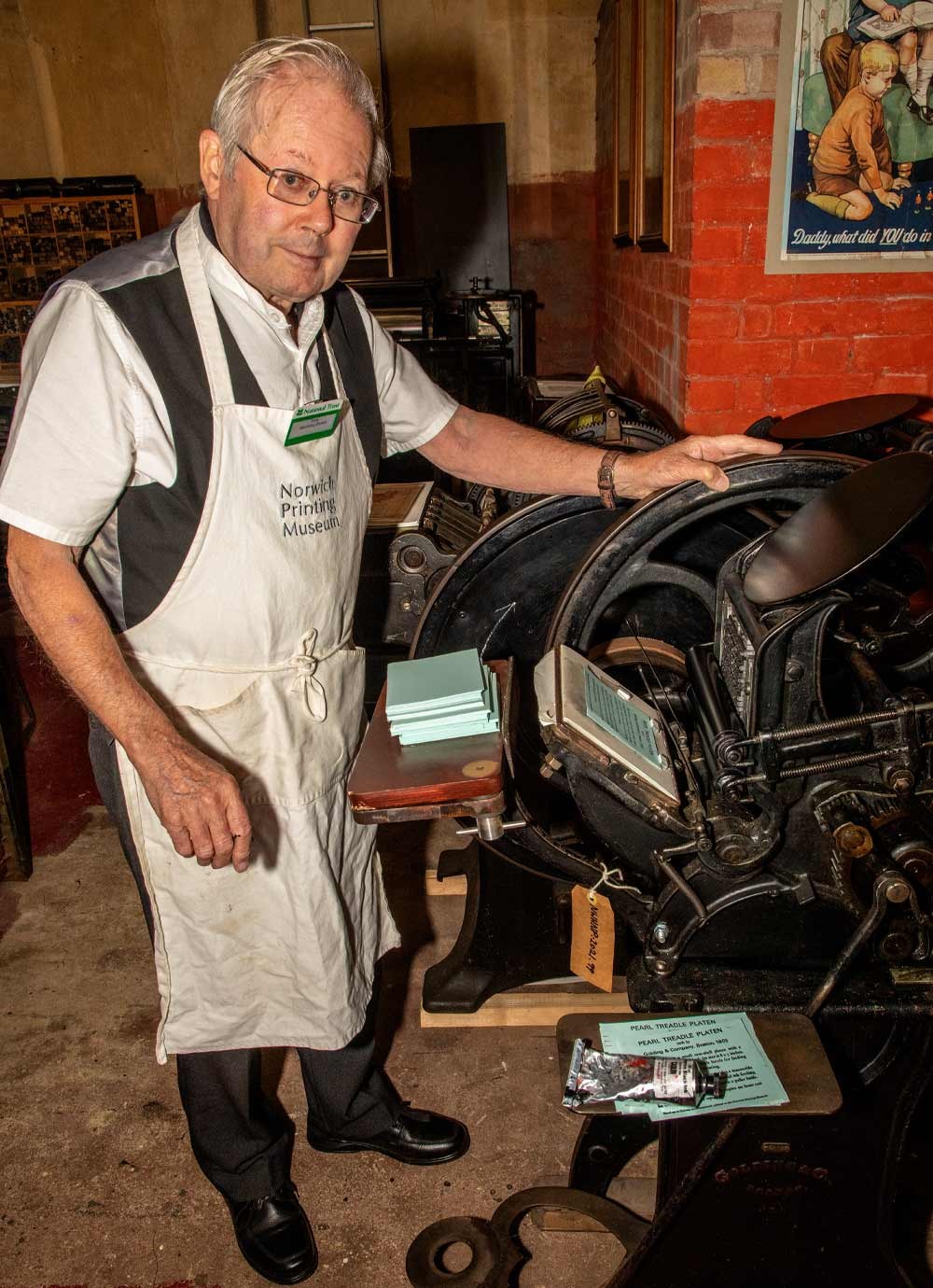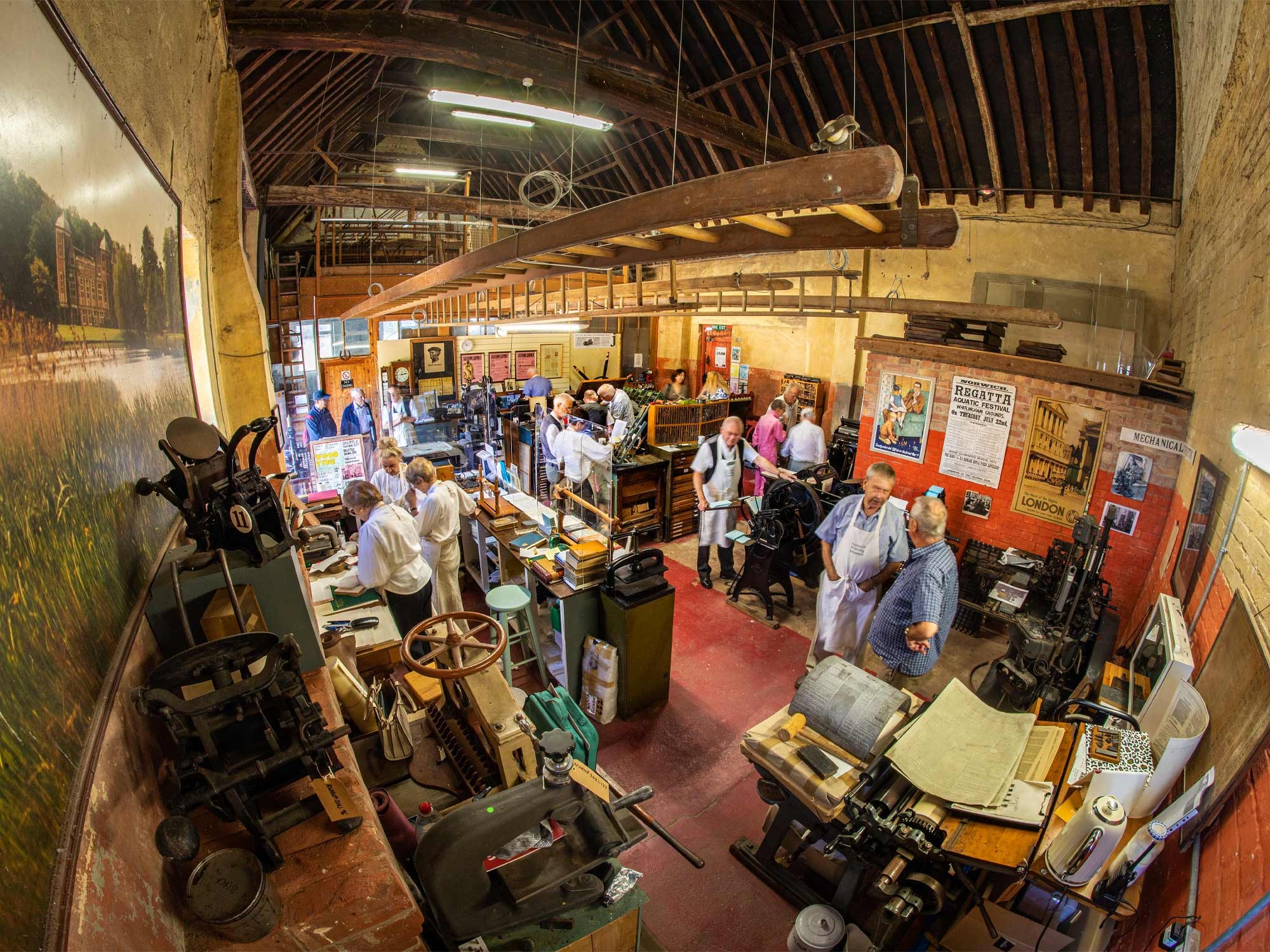
“Hot off the press!”: The evolution of Norwich Printing Museum
If you visit Blickling Estate in Aylsham before summer ends, look out for a real hidden gem of historical importance in the courtyard that flanks the striking Jacobean mansion…
The estate gardeners at work and the calls of birdsong are now accompanied by new sounds: the gentle clatter of machinery and the voices of printers, compositors and bookbinders as they share their skills and stories with an eager public. Adjacent to the second-hand book shop, the previously empty old barn is now the new home to part of Norwich Printing Museum’s comprehensive collection. The museum started life as the John Jarrold Printing Museum, and about 30% of its current holdings came directly from the family business - while the remaining 70% was donated by other printers and individuals who had worked in the trade. Stepping into the museum on Blickling Estate, you’ll find a fine Columbian press just inside the door with a golden eagle atop, a good range of treadle platens (a type of printing press), a powered Heidelberg, two proofing presses, a Monotype caster and keyboard, a Victorian etching press and an excellent selection of type. What’s particularly heart-warming is the small group of bookbinders working on restoration projects and new bindings; which is fitting since the Long Gallery at Blickling holds the country’s most extensive National Trust book collection. The museum houses only a small portion of the whole collection, with the remainder of the machinery and equipment - including the only known working model of a Ratcliff lithographic press and a wooden construction Penn Ruling Machine - securely stored in a large hangar in the Norfolk countryside.
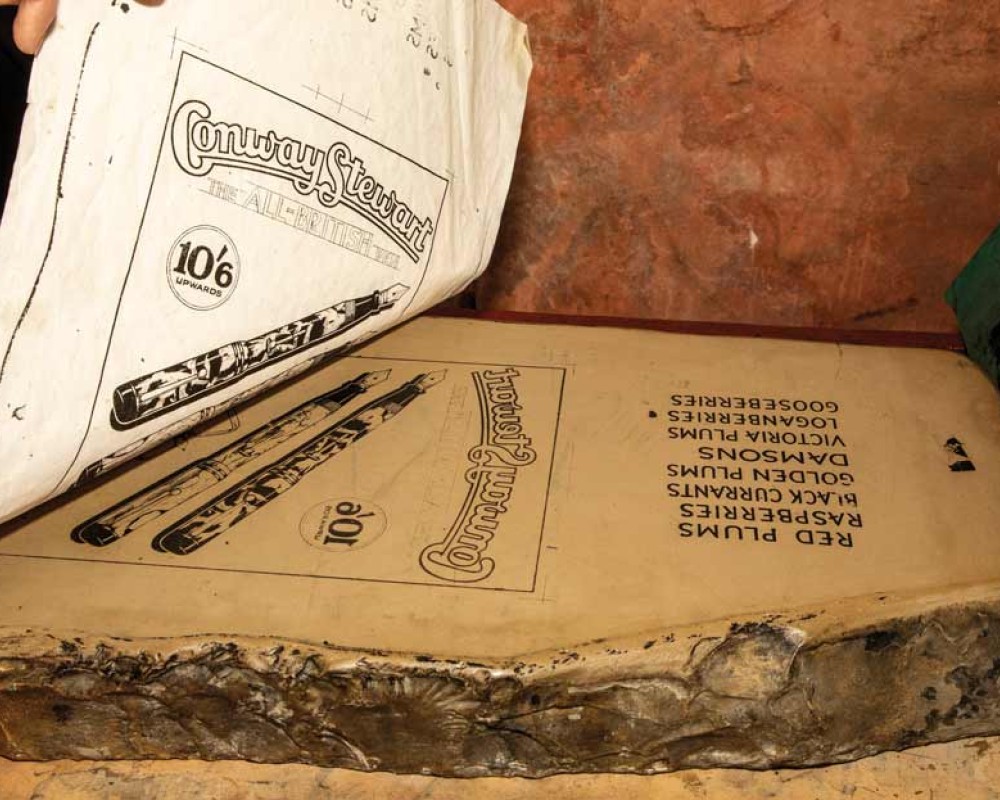
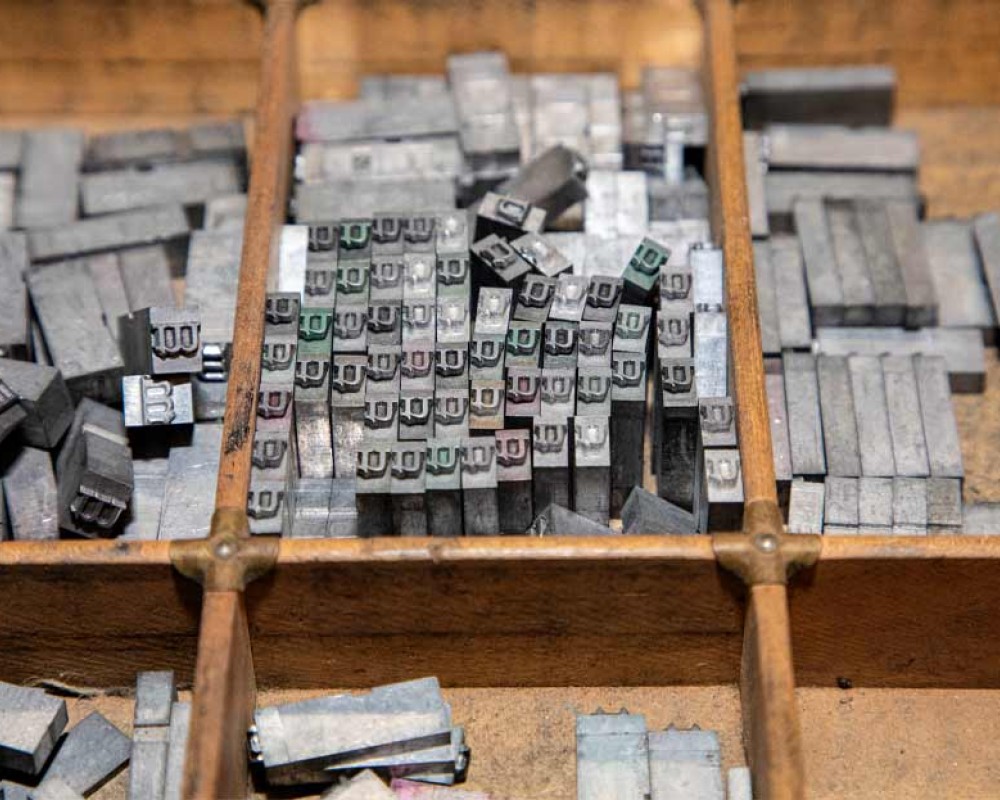
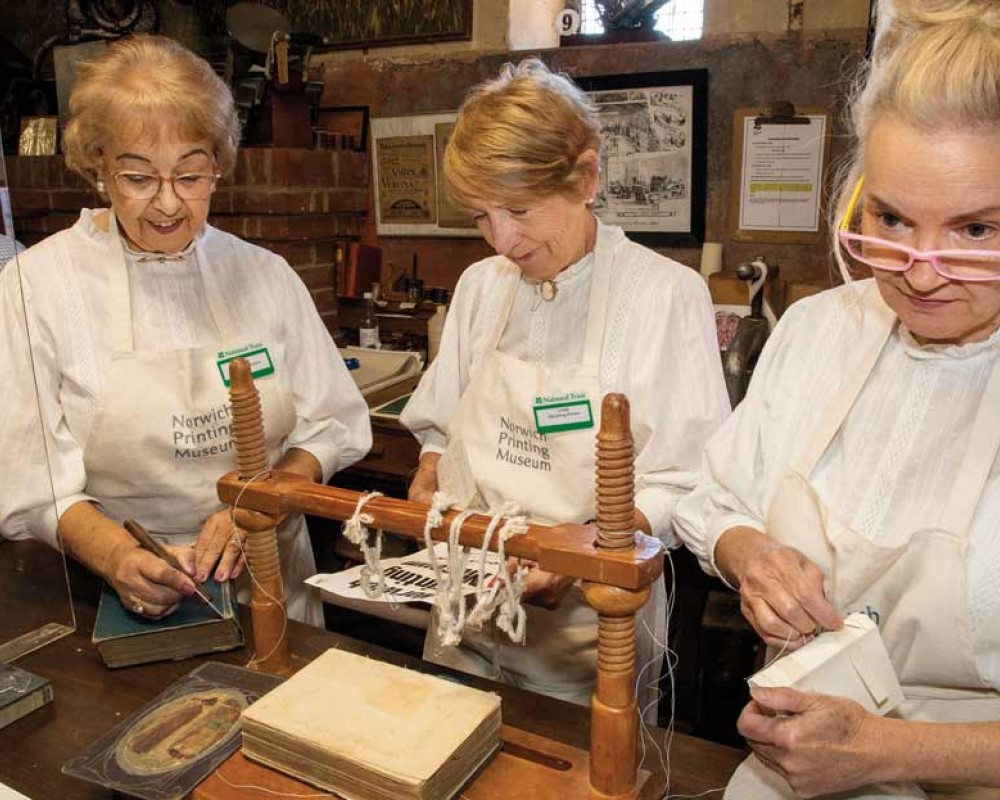
Nowadays, it’s hard to hear the Jarrold name without thinking of the department store. But, go back to the 19th century, and the Jarrold family’s core business endeavours had more in common with KL Magazine than Selfridges. The Jarrold business began in Woodbridge, Suffolk, in 1770, before moving to busy Norwich in 1823. Diversifying from retail into farming and then printing - always chasing the best business opportunity at the time - John Jarrold II, then owner of the business, set up on Cockey Lane (now called London Street) as a bookseller, publisher and printer alongside his three sons. The company progressed in leaps and bounds over the next 50 years, opening offices in London, establishing new printing works, and printing The Norfolk News from 1853 to ‘58. The first edition of Anna Sewell’s Black Beauty - arguably one of the most famous children’s books of all time - was also published by Jarrold in 1878. It wasn’t long before the company became one of the most advanced printing operations in the world. Eventually, as the world changed, so did the business interests of the Jarrold family; in 2006, the printing works ceased operating, and the company’s retail side became the focus. In 1982, the John Jarrold Printing Museum opened on the site of the old printing works, to pay homage to the company’s heritage, where it welcomed visitors from all around the world. Founded by Peter Jarrold, the then Chairman of Jarrold & Sons Limited, the museum was not only a celebration of the company’s history but also of his father, John Jarrold, a pioneer and renowned innovator in colour print reproduction techniques. Sadly, 36 years later, in October 2018, the museum at Whitefriars was closed to allow for land redevelopment. This could have heralded the demise of the museum if it wasn’t for a small group of passionate volunteers, who worked tirelessly to safeguard its future and ensure the collection was preserved for generations to come.
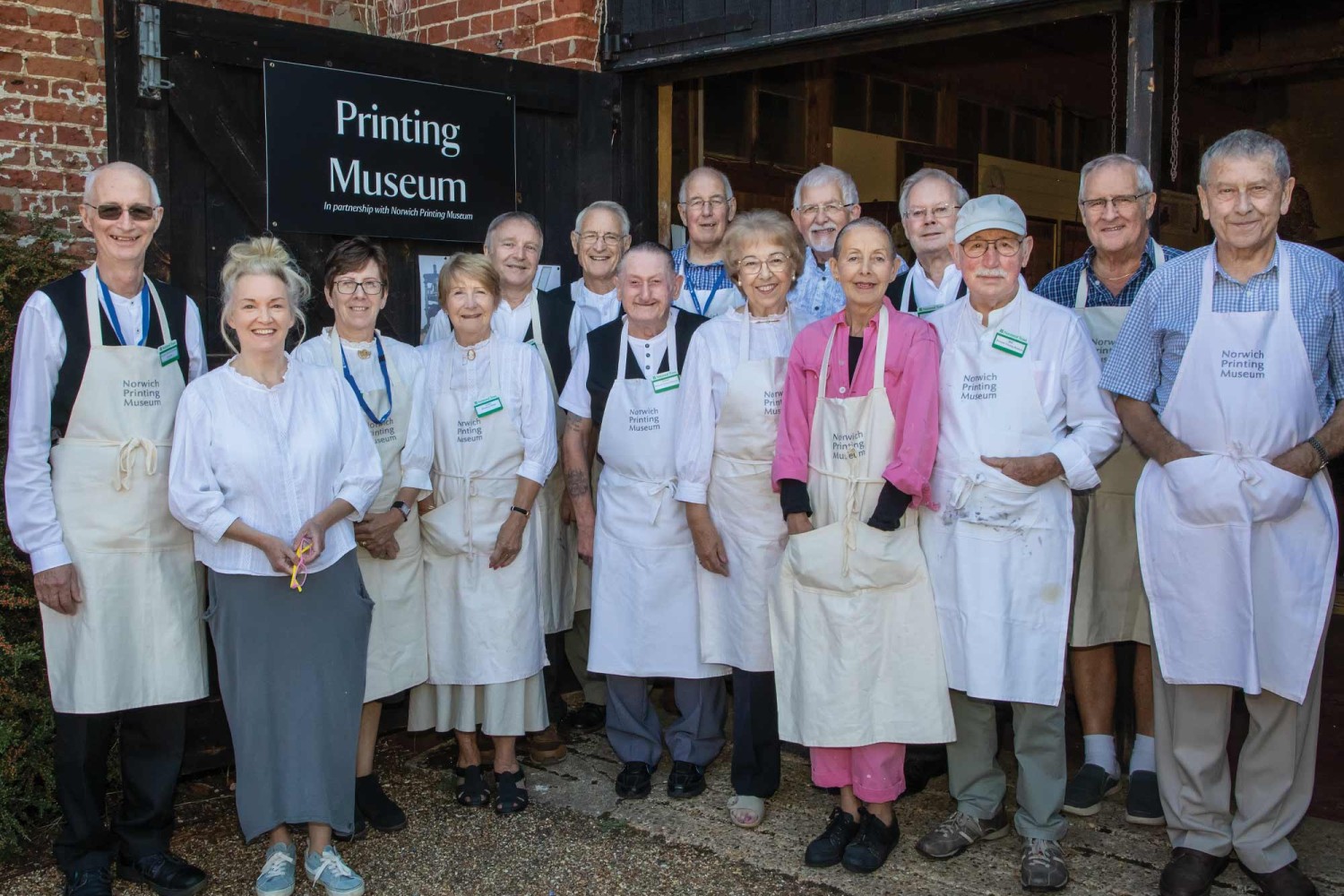
The museum holds one of the largest and most comprehensive collections of machinery and type, including several rare ‘last remaining’ working examples which if not preserved, would have resulted in a tragic loss to Norfolk and to the city’s rich history of printing. The volunteers applied for charity status and became a Charitable Incorporated Organisation in 2019, and Norwich Printing Museum is now governed by a strong Trustee Board.
Fast forward to July 2021, and the small but impressive working printing museum is open at the Blickling Estate, with the team behind it now looking firmly towards the future. The premises on Blickling Estate offers a base for the reduced-size museum, but, for the future, the Trustees plan to house the whole collection under one roof. The ‘pop-up’ keeps Norwich Printing Museum in the public eye and is so far proving a very popular attraction; within the first four months of opening, it welcomed over 2000 visitors. Tours around the remarkable museum are around 45 minutes long and include an overview of its three main areas: Hand and Mechanical Composition (typesetting), Printing (showcasing the Columbian press and other machinery) and Bookbinding, an area in which the making and restoration of books takes place.
The museum is also piloting new courses for adults in Letterpress and Etching, Stone Lithography and Bookbinding to ensure that these traditional skills are preserved for future generations. New members are always welcome, and printing experience is not necessary.
To volunteer or support the museum through a donation, please visit norwichprintingmuseum.co.uk for more information.
Norwich Printing Museum is based on Blickling Estate, Blickling, Norwich, NR11 6NF. Open from Friday to Sunday 11am to 3pm from April 1st to October 30th.
